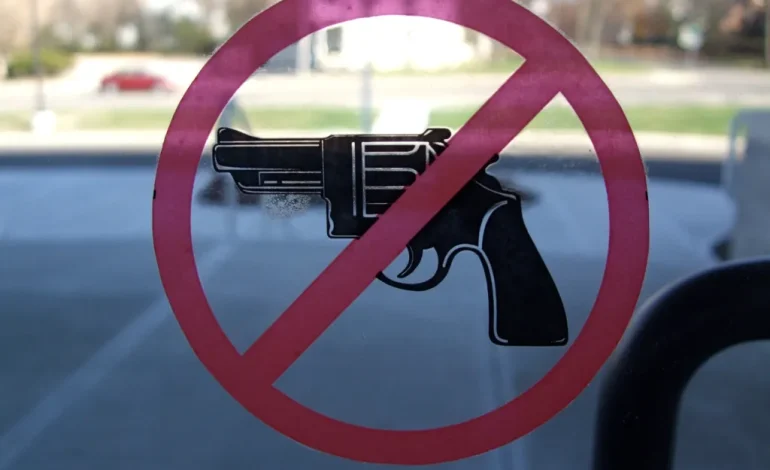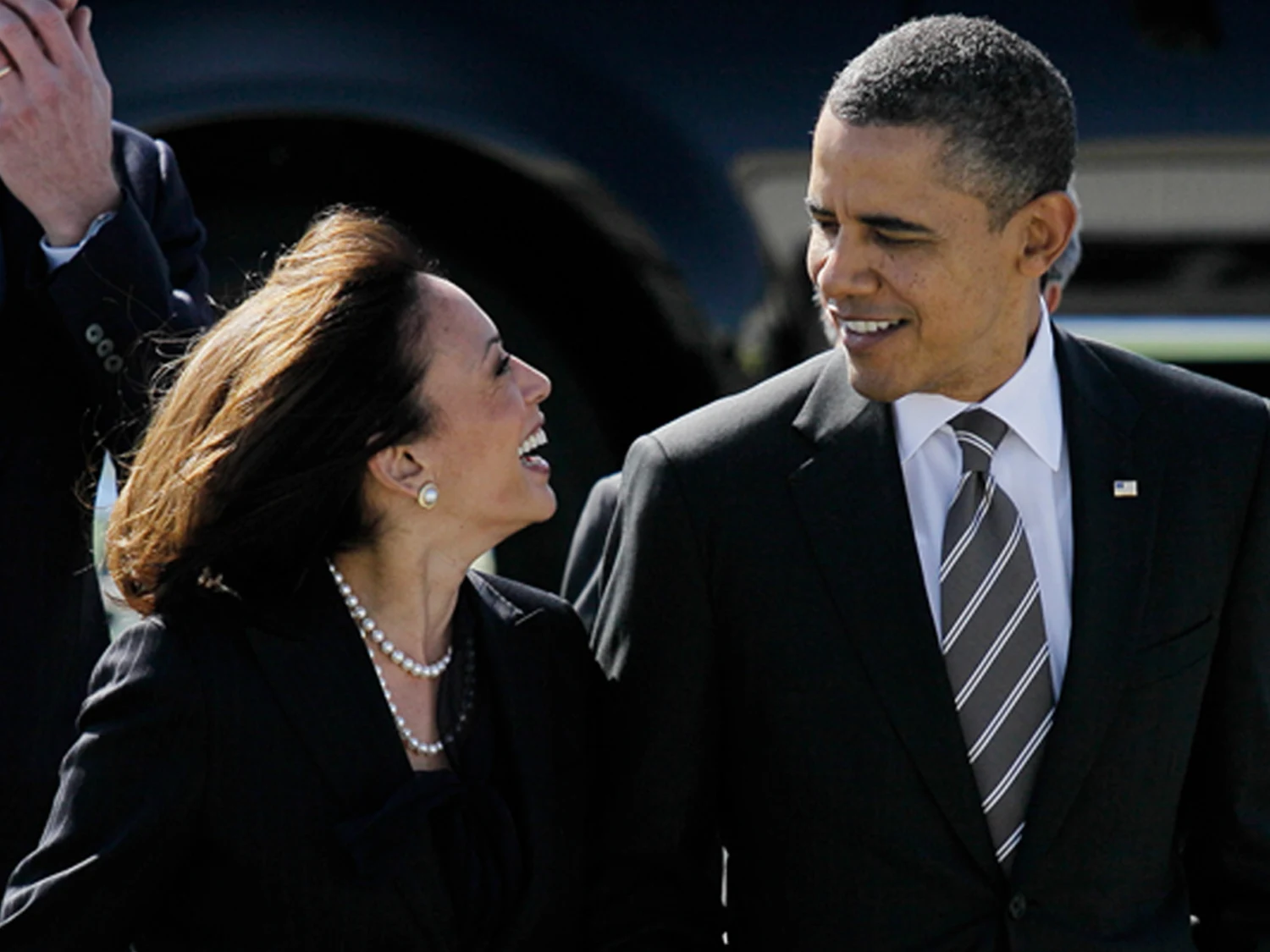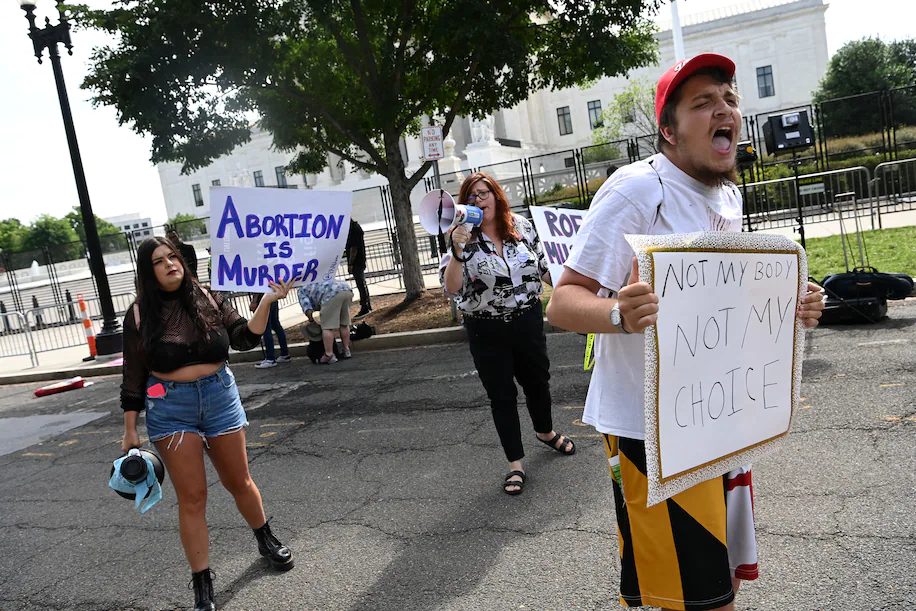As a new state law dismantles most gun-free zones in Wyoming, public school districts across the state are adjusting to sweeping changes that require them to allow concealed firearms on campus under certain conditions.
The law, which takes effect July 1, leaves schools with limited power to restrict guns while burdening them with complex policy decisions, financial costs, and community responses that vary widely by region.
While some school boards are working quickly to implement the minimum safety standards outlined in the law, others are striving to assert what local control remains — crafting policies around storage requirements, training protocols, and liability considerations for school staff and volunteers who may choose to carry firearms.
The new law, House Bill 172, repeals most gun-free zones across Wyoming, including those at public schools. Signed into law without the governor’s signature after years of failed attempts in the Legislature, the measure criminalizes schools’ refusal to permit concealed carry by legally authorized individuals. School districts can still prohibit students from bringing firearms, and open carry remains banned. But beyond those limits, they must comply with the state mandate.
Superintendent Gillian Chapman of Teton County — the state’s most liberal area — highlighted the law’s penalties, including potential fines and jail time for denying concealed carry in schools. Despite concerns voiced by some board members, Chapman encouraged her district to adopt training and storage rules that fall within the law’s limited allowance for local regulation.
In Campbell County, one of Wyoming’s most conservative regions, the district already allows staff to carry concealed weapons. Still, Deputy Superintendent Kirby Eisenhauer called this moment “uncharted waters” as his team revises its existing policy to align with the new state law.
From the red stronghold of Campbell County to the liberal Teton County, reactions to the law have varied by community. In some places, school boards are openly resistant to the change. In others, districts are cautiously developing plans or quietly following the law’s basic framework.
In Park County’s Powell, where school officials rejected concealed carry in 2018 after widespread community input, the topic resurfaced last year after the governor vetoed a similar bill. Powell’s board has now hired safety consultants and is preparing for more discussions.
Public forums have drawn mixed reactions. In Albany County, more than 50 people gathered in April to express concerns, many citing student safety and lack of local authority. Trustee Nate Martin said the debate over whether guns belong in schools is over.
“That ship sailed,” he remarked. “The conversation is now about what we are going to do.”
While the state sets minimum standards, districts can impose stricter training, storage, and certification rules. For example, Natrona County School District 1 has proposed a rigorous training policy: 40 hours of live-fire handgun instruction, 16 hours of scenario-based training, and annual refreshers. Still, even those in favor of concealed carry voiced concerns about ambiguous requirements and access to qualified trainers.
Financial burdens loom large. Districts face increased insurance premiums, training costs, psychological evaluations, and equipment purchases. In Campbell County, trustees learned the district’s insurance does not cover staff who carry firearms, prompting a $20,000 premium hike to add coverage. Employees must also supply their own guns and holsters.
In Cheyenne, Laramie County School District 1 struggles to find insurance that would cover gun-related injuries for staff or students. The district anticipates added costs but is constrained by the lack of state funding for implementation.
Some districts, such as Sheridan County School District 3, have already approved training contracts. Others, like Laramie County School District 2, are not pursuing concealed carry policies and therefore expect no immediate costs.
Despite legislative intentions to enhance school safety, many local educators and parents remain skeptical. Albany County School District 1 board member Alex Krassin voiced disappointment about the loss of local decision-making. Laramie High School student Faye Smith made an emotional plea for more proactive safety measures, including metal detectors.
Some board members and community members fear the implications of minimally trained staff carrying weapons during emergencies. Trustee Barbara Cook, from Cheyenne, called for higher training standards, warning that underprepared staff might pose unintended risks in chaotic situations.
In Teton County, where resistance to the law is strong, the district is considering a partnership with the sheriff’s department for firearms training. Superintendent Chapman noted that this approach could improve safety and help with insurance negotiations.
Though school shootings are rare in Wyoming, the emotional and logistical weight of implementing the new law is considerable. School officials must reconcile competing priorities: upholding state law, protecting students and staff, and respecting deeply divided community sentiments.
In Casper, meetings have drawn protests and passionate public comment, revealing sharp divisions. Some view the law as undermining local control; others see it as a needed expansion of Second Amendment rights.
Despite strong feelings on all sides, school boards across Wyoming must now do what they can with the limited authority they retain — a balancing act between compliance and community.
As Natrona County trustee Michael Stedillie put it:
“Whether the school board likes it or not, the issue is now ours to face.”
With input from County 17, Jackson Hole News&Guide, Laramie Boomerang, Oil City News, Powell Tribune, The Sheridan Press, and Wyoming Tribune Eagle, and WyoFile.








The latest news in your social feeds
Subscribe to our social media platforms to stay tuned